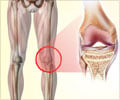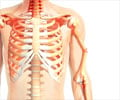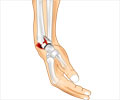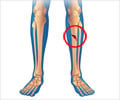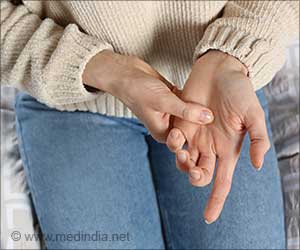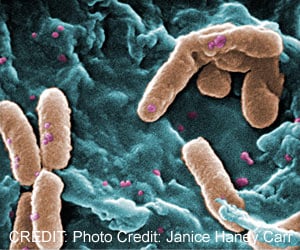Can we predict hip fracture risk in men? It can be done using the elevated blood levels of a certain protein that promotes bone destruction.
- Osteoporosis occurs when cells resorb bone tissues excessively and may result in fractures
- Regulatory mechanisms of bone tissue cells play an important role in osteoporosis development
- Hence, using blood markers that denote these cells could be a risk determining factor for osteoporotic hip fracture
How Does Osteoporosis Affect Bone Health?
Bone health requires a balanced activity of various bone cell types including bone-forming osteoblasts and bone-resorbing osteoclasts. Osteoporosis occurs when osteoclasts dominate without adequate bone formation to compensate. In the elderly, hormone reduction during aging accelerates the bone-resorbing activities of osteoclasts, leading to higher rates of bone turnover and increased incidence of fractures in older adults. Hence, regulatory mechanisms of osteoclast differentiation play an important role in the pathogenesis of osteoporosis (1✔ ✔Trusted SourceRisk Factors for Hip Fracture in Older Men: The Osteoporotic Fractures in Men Study (MrOS)
Go to source).
Despite promising experimental data, no human study has validated an association between these chemokines and osteoporosis or fracture risk.
Hence, in the present study, researchers assessed whether levels of CXCL9 and CXCL10 were elevated in human serum samples of older adults who had incident hip fractures in a prospective, population-based study of older Chinese in Singapore.
Is Osteoporosis Worse for Men?
The study included 55 men and 119 women who had experienced a hip fracture an average of 6.3 years after their blood was collected. The participants were matched individually to controls of who did not develop hip fractures.Investigators observed higher blood levels of the chemokine CXCL9 in the pre-fracture blood samples of men with subsequent hip fractures compared with their non-fracture controls. No such difference was seen in women (2✔ ✔Trusted Source
CXCL9 Predicts the Risk of Osteoporotic Hip Fracture in a Prospective Cohort of Chinese Men-A Matched Case-Control Study
Go to source).
This unexpected difference in the results between men and women in the study may be explained by how changes in sex hormone levels during aging could influence the level and effects of CXCL9 differently in older men and women.
References:
- Risk Factors for Hip Fracture in Older Men: The Osteoporotic Fractures in Men Study (MrOS) - (https://experts.umn.edu/en/publications/risk-factors-for-hip-fracture-in-older-men-the-osteoporotic-fract)
- CXCL9 Predicts the Risk of Osteoporotic Hip Fracture in a Prospective Cohort of Chinese Men-A Matched Case-Control Study - (https://pubmed.ncbi.nlm.nih.gov/35810382/)


